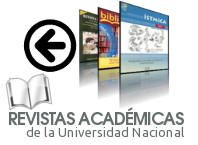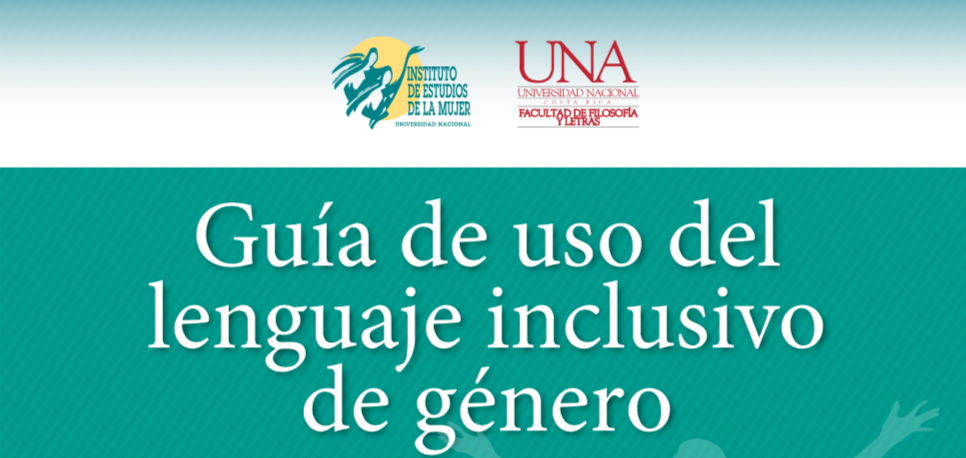CIENCIA FICCIÓN CUÁNTICA Y LA ONTOLOGÍA DEL CONJUNTO VACÍO
DOI:
https://doi.org/10.15359/praxis.76.6Palabras clave:
filosofía, estudios culturales marxistas, novum, física, neoliberalismoResumen
Este artículo analiza la relación entre la ciencia ficción y la ontología de la teoría de conjuntos, como un medio de acceder a algunos procesos diegéticos del cine de este género, y su conexión con algunos fenómenos sociales y económicos. Además, se establece un vínculo entre la que se denomina aquí ciencia ficción cuántica, la teoría de cuerdas y las propuestas de John Rieder, ligadas a la implementación estética de la ontología del conjunto vacío, en el contexto de algunas ideas desarrolladas por Alain Badiou, en este tipo de producción cultural.
Referencias
Abdalla, E. (2005). Teoria quântica da gravitação: Cordas e teoria M. Revista Brasileira de Ensino de Física, 27(1), 147-155. Recuperado de https://doi.org/10.1590/S1806-111720050 0010 0 017
Alber, J. (2016). Unnatural Narratives. Impossible Worlds in Fiction and Drama. Lincoln and London: University of Nebraska Press.
Alber, J., Iversen, S., Nielsen, H. S. & Richardson, B. (2013). What Really Is Unnatural Narratology? Story Worlds: A Journal of Narrative Studies, 5, 101-118.
Alfaro-Vargas, R. (2014). Marxismo y ciencia ficción. Praxis, 72, 81-97.
Alfaro-Vargas, R. (2015). El novum tecnocrático. Hélice, II (5), 6-20.
Alfaro-Vargas, R. (2016). Totalidad y teoría de conjuntos. Revista de Ciencias Sociales, II(152), 133-144.
Angenot, M. & Suvin, D. (1981). Thèses sur la «sociologie» de la littérature. Littérature, 44, 117-127. Recuperado de https://do.org/10.3406/litt.1981.1365
Badiou, A. (2006). Logiques des mondes. L’Être et l’événement, 2. Paris: Éditions du Seuil.
Becker, K., Becker, M. & Schwarz, J. H. (2007). String Theory and M-Theory. A Modern Introduction. New York: Cambridge University Press.
Burhanuddin, B. (2015). Badiou’s Being and Event and the Mathematics of Set Theory. London and New York: Bloomsbury.
Callinicos, A. (2014). Deciphering Capital. Marx’s Capital and its Destiny. London: Bookmarks Publications.
Castellani, B. & Hafferty, F. W. (2009). Sociology and Complexity Science. A New Field of Inquiry. Heidelberg: Springer. Recuperado de https://doi.org/10.1007/978-3-540-88462-0
Csicsery-Ronay, I. Jr. (1991). The SF of Theory: Baudrillard and Haraway. Science Fiction Studies, 18(3), 387-404.
Frigg, R. (2010). Models and Fiction. Synthese, 172, 251-268. https://doi.org/10.1007/ s11229-009-9505-0
García-Martínez, A. & González, A. M. (2016). Emotional Culture and TV Narratives. En Alberto N. García (Ed.), Emotions in Contemporary TV Series (13-25). London and New York: Palgrave McMillan. Recuperado de https://doi.org/10.1007/978-1-137-56885-4_2
Gironi, F. (2015). Naturalising Badiou. Mathematical Ontology and Structural Realism. London and New York: Palgrave Macmillan.
Han, B-C. (2014). Psicopolítica. Neoliberalismo y nuevas técnicas de poder. Barcelona: Herder.
Higgins, D. M. (2013). Coded Transmissions. Gender and Genre Reception in The Matrix. En B. Attebery & Veronica Hollinger (Eds.), Parabolas of Science Fiction. (143-160). Middletown, Connecticut: Wesleyan University Press.
Jameson, F. (2005). Archaeologies of the Future. The Desire Called Utopia and Other Science Fictions. London and New York: Verso.
Kaku, M. (2008). Physics of the Impossible: A Scientific Exploration into the World of Phasers, Force Fields, Teleportation, and Time Travel. New York: Doubleday.
Lacan, J. (1966). Écrits. Paris: Éditions du Seuil.
Lefebvre, H. (2016). Metaphilosophy. London and New York: Verso.
May, A. (2017). Pseudoscience and Science Fiction. Switzerland: Springer. Recuperado de https://doi.org/10.1007/978-3-319-42605-1
Morton, T. (2014). Pandora’s Box. Avatar, Ecology, Thought. En G. Canavan & K. S. Robinson (Eds.), Green Planets. Science Fiction and Ecology. (206-225). Middletown, Connecticut: Wesleyan University Press.
Nolan, C. (Director). (2014). Interstellar. Warner Bros., Syncopy, Paramount Pictures, Legendary Pictures and Lynda Obst Productions.
Oatley, K. (2011). Such Stuff as Dreams. The Psychology of Fiction. Malden (MA)-Oxford: Recuperado de Wiley-Blackwell. https://doi.org/10.1002/9781119970910
Peregrina, M. (2015). La ciencia ficción y la narrativa posmoderna: hacia la convergencia. Alambique: Revista académica de ciencia ficción y fantasía, 3(1). Recuperado de: http://scholarcommons.usf.edu/alambique/vol3/iss1/2
Plotnitsky, A. (2015). Reality, Causality, and Probability, from Quantum Mechanics to Quantum Field Theory. En T. M. Nieuwenhuizen, C. Pombo, C. Furtado, A. Yu Khrennikov, I. A. Pedrosa & V. Špička (Eds.) Quantum Foundations and Open Quantum Systems. Lecture Notes of the Advanced School. (521-603). Singapur: World Scientific Publishing.
Randall, L. (2002). Extra Dimensions and Warped Geometries. Science, 296 (24), 1422-1427. Recuperado de https://doi.org/10.1126/science.1072567
Randall, L. (2005). Warped Passages. Unraveling the Mysteries of the Universe’s Hidden Dimensions. Toronto and Pymble (Australia): HarperCollins e-books.
Rieder, J. (2010). On Defining SF, or Not: Genre Theory, SF, and History. Science Fiction Studies, 37(2), 191-209.
Saldías R., G. (2016). A propósito de «El novum tecnocrático» de Roy Alfaro Vargas. Hélice, III (6), 6-12.
Spiegel, S. (2006). Der Begriff der Verfremdung in der Science-Fiction-Theorie. Ein Klärungsversuch. Quarber Merkur. Franz Rottensteiners Literaturzeitschrift für Science Fiction und Phantastik, 103/104, 13-40.
Stock, K. (2016). Imagination and Fiction. En A. Kind (Ed.), The Routledge Handbook of Philosophy of Imagination (204-216). London and New York: Routledge.
Taylor, A. (Director). (2015). Terminator Genisys. Paramount Pictures, Annapurna Pictures and Skydance Productions.
Publicado
Cómo citar
Número
Sección
Licencia
La revista trabaja bajo la Licencia Creative Commons Atribución-NoComercial-CompartirIgual 4.0 Internacional; apartir de la publicación número 79 (2019); en publicaciones anteriores se trabajaba bajo una Licencia Atribución- No Comercial- Sin Derivadas 4.0 Internacional.







